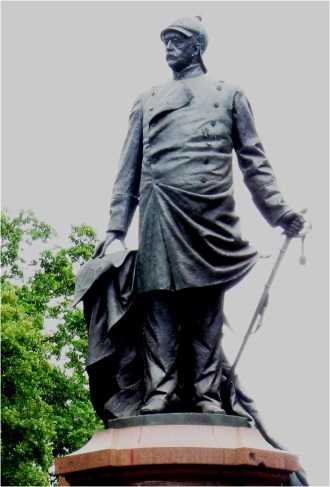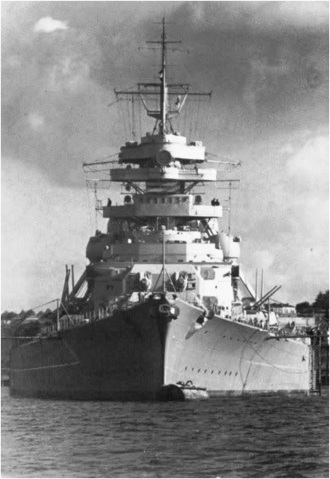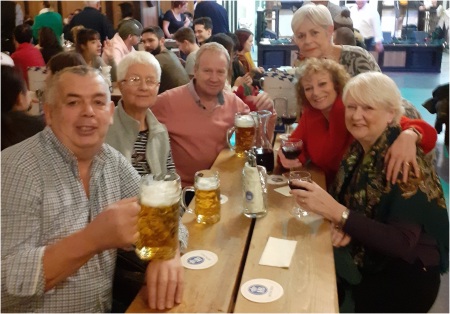I noticed that one thing that makes Berlin stand out against other grand European cities is that it has very few statues; it is that history thing again, Berlin can’t very well have statues of Kaiser Wilhelm II or Adolf Hitler because they were both responsible for unleashing hell in Europe.
Midway along the Tiergarten we did eventually come across a famous monument, the Berlin Victory Column, commissioned in 1864 to commemorate the Prussian victory in the Danish-Prussian War and later dedicated also to victory in the 1866 Austro-Prussian War and then the Franco-Prussian War of 1870-71. Prussia did like going to war it seems.
It is indeed a grand column that soars into the sky and at the very top stands a golden statue of the Roman God Victory.
Prussia had become a modern European State in 1701 and for the next one hundred and seventy years was at war with someone or another for a total of ninety years, or over half of its existence. Not surprisingly Prussia was seen as a militaristic threat to the stability of Europe and so was abolished by the victorious allies in 1947.
This wasn’t especially difficult, two years earlier the Russian offensive in the Battle of Berlin had demolished and removed almost all Prussian heritage. East Prussia was absorbed into a redefined Poland and the remainder became East Germany.
Battleship Bismarck – what a beast…
Nearby we found a statue of a man that I was expecting to find – Otto Von Bismarck, the architect of modern Germany who was responsible for the creation of the country in 1871 following the defeat of France in a short-sharp war – the sort of quick victory Germany expected again in 1914. The sort of victory, it has to be said, that Great Britain also anticipated.
A grand statue but not on prominent display but instead tucked discreetly inside a corner of the Tiergarten, adjacent to the Victory Column.
Not really surprising because Germany looks mostly to the future. To some extent this is explained by Germany’s post war efforts to confront its past, The Germans have a word for this – Vergangenheitsaufarbeitung, which translates as “working off the past”.
In 2003 in a television poll German viewers bypassed Otto Von Bismarck (voting for Adolf Hitler was not allowed) and voted post-war Chancellor Konrad Adenauer as the greatest German of all time. Hands up anyone who has heard of Konrad Adenauer? It would be like voting John Major as the Greatest Briton. I mention this now just as a comparison, if you think Adenauer is an odd choice, in a similar poll in the USA they voted Ronald Reagan the Greatest American and in terms of Presidents alone that was ahead of George Washington, Abraham Lincoln and Franklin D Roosevelt. Astonishing.
There were also some odd results elsewhere, Russia voted for Josef Stalin (responsible for an estimated 60 million deaths), France for Charles de Gaulle instead of Napoleon or Louis XIV, Portugal for Antonio Salazar (a dictator), Spain for King Juan Carlos (now disgraced) and Canada for someone called Tommy Douglas who turned out to be Scottish.










